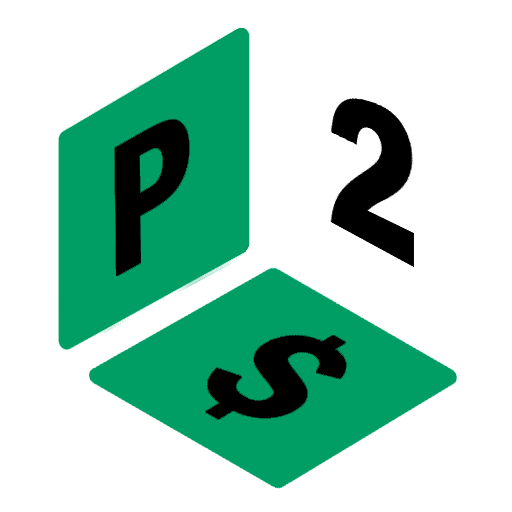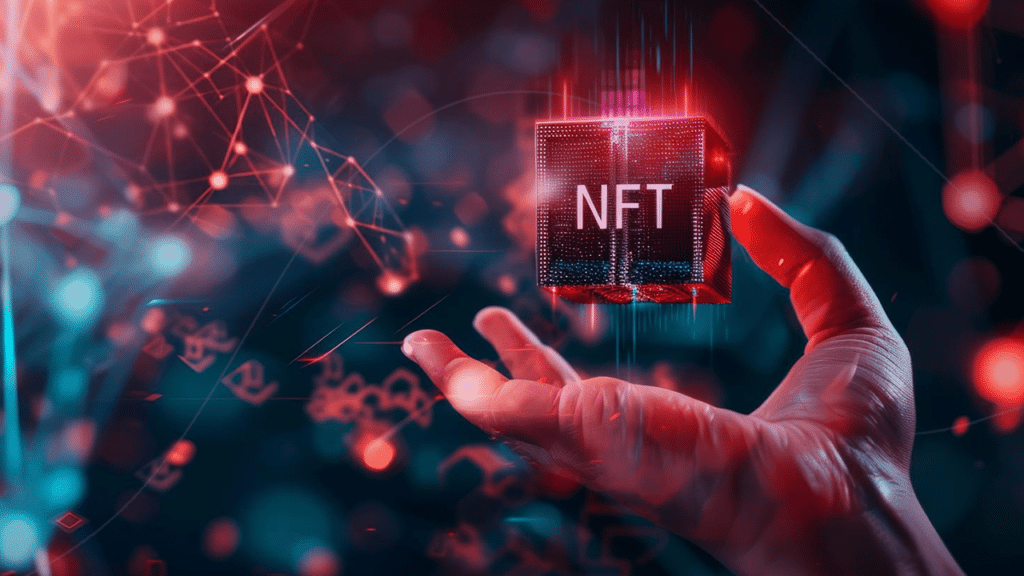In the ever-evolving landscape of digital assets, Non-Fungible Tokens (NFTs) have emerged as a groundbreaking phenomenon, revolutionizing the way we perceive and trade unique digital content. From digital art to virtual real estate, NFTs have taken the world by storm, creating new opportunities for creators, collectors, and investors alike. In this comprehensive exploration, we’ll delve into the intricacies of NFTs, uncovering their origins, applications, and the impact they’ve had on various industries.
Understanding NFTs: Breaking Down the Basics

Non-Fungible Tokens (NFTs) are distinctive cryptographic tokens that serve as a representation of ownership or authentication for a specific item or content. Unlike cryptocurrencies like Bitcoin or Ethereum, NFTs are indivisible and cannot be traded on a one-to-one basis. Each NFT possesses its own unique characteristics, making it an ideal vehicle for representing both digital and physical assets in the digital space.
The Ascendance of NFTs: A Concise History
NFTs made a splash in 2017 with the emergence of CryptoKitties, a blockchain-based game enabling users to purchase, sell, and breed one-of-a-kind digital felines. Since then, the NFT market has witnessed exponential expansion, reaching unprecedented heights in 2021 with notable sales and endorsements from celebrities, propelling NFTs into the global spotlight.
Applications of NFTs: Beyond Digital Art
While NFTs gained initial fame in the art world, their applications extend far beyond digital paintings and illustrations. NFTs are now used to tokenize various assets, including virtual real estate in online games, music, videos, virtual goods, and even tweets. The versatility of NFTs has opened up new avenues for creators to monetize their work and for collectors to own and trade unique digital assets.
Blockchain Technology: The Backbone of NFTs
At the core of NFTs lies blockchain technology, a decentralized and transparent ledger that ensures the authenticity and ownership of digital assets. Most NFTs are built on blockchain platforms like Ethereum, Binance Smart Chain, and Flow, providing a secure and immutable record of ownership. Blockchain’s decentralized nature eliminates the need for intermediaries, allowing for direct peer-to-peer transactions.
Creating and Selling NFTs: Empowering Digital Creators
One of the key benefits of NFTs is their ability to empower digital creators by providing a direct and transparent way to monetize their work. Artists, musicians, and other creatives can mint their own NFTs, establishing ownership and earning royalties on secondary sales. This democratization of the creative economy has the potential to redefine how artists interact with their audience and generate income.
NFT Marketplaces: Where Digital Assets Change Hands
To buy, sell, and trade NFTs, individuals turn to specialized online marketplaces. Platforms like OpenSea, Rarible, and Mintable facilitate the discovery and exchange of a wide range of NFTs. These marketplaces provide a user-friendly interface for creators to mint NFTs, buyers to explore collections, and collectors to manage their digital assets securely.
Challenges and Criticisms: Navigating the NFT Landscape
While NFTs offer exciting possibilities, they have not been without controversy. Environmental concerns related to the energy consumption of blockchain networks, issues of copyright infringement, and market volatility are among the challenges that have surfaced. As the NFT space continues to evolve, addressing these concerns will be crucial for ensuring its long-term sustainability and acceptance.
Investing in NFTs: Risks and Rewards
The NFT market has seen skyrocketing valuations and headline-grabbing sales, attracting both seasoned investors and newcomers. However, as with any investment, there are risks involved. Fluctuations in market demand, the evolving regulatory landscape, and the nascent nature of the industry all contribute to an environment where careful consideration and due diligence are essential for potential investors.
The Future of NFTs: Innovations and Beyond

As the NFT ecosystem matures, new innovations and applications continue to emerge. From integrating NFTs into virtual reality experiences to exploring decentralized identity solutions, the future holds exciting possibilities. The ongoing development of standards, increased collaboration between blockchain networks, and the integration of NFTs into mainstream industries all contribute to shaping the landscape of NFTs in the years to come.
Navigating the NFT Frontier
Non-Fungible Tokens have undeniably made a significant impact on the way we perceive and interact with digital assets. From empowering creators to providing new investment opportunities, the NFT space continues to evolve rapidly. As we navigate this digital frontier, it’s crucial to approach NFTs with a combination of enthusiasm and discernment, understanding both their transformative potential and the challenges they present. Whether you’re a digital creator, collector, or investor, staying informed and embracing the evolving nature of NFTs is key to unlocking the full spectrum of possibilities in this exciting digital era.


 Technical Features and Financial Management of the Inter Passport Card <p style=' font-weight: normal;font-size: 16px !important; text-align: left;'> Discover the main features of the Inter Passport Card and how it can facilitate the effective management of your personal finances. </p>
Technical Features and Financial Management of the Inter Passport Card <p style=' font-weight: normal;font-size: 16px !important; text-align: left;'> Discover the main features of the Inter Passport Card and how it can facilitate the effective management of your personal finances. </p>  Inter Passport Card: The Ideal Solution for Managing Your Credit Securely <p style=' font-weight: normal;font-size: 16px !important; text-align: left;'> Discover how the no-annual-fee card from Banco Inter can help you control your finances and offer benefits on purchases. </p>
Inter Passport Card: The Ideal Solution for Managing Your Credit Securely <p style=' font-weight: normal;font-size: 16px !important; text-align: left;'> Discover how the no-annual-fee card from Banco Inter can help you control your finances and offer benefits on purchases. </p>